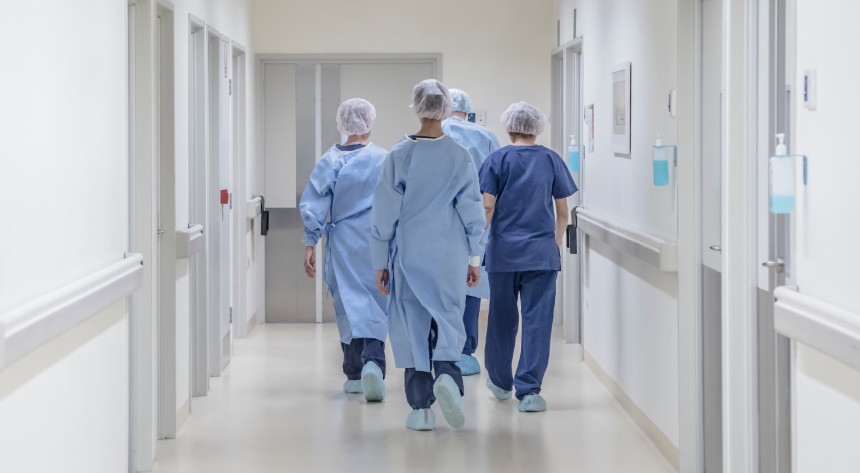
Trauma centres around the world are expected to reconsider their use of a routinely employed medical device following a new Western Australian health study.
The device, which looks like a tiny umbrella frame, is used to stop blood clots in the legs travelling to the lungs, causing potentially fatal pulmonary embolism.
Known as the inferior vena cava filter, the device is used extensively in the early treatment of trauma patients who are at high risk of developing clots but cannot be given blood thinners due to the increased likelihood of bleeding.
Despite the filter’s routine use in trauma management around the world, the WA researchers – led by Royal Perth Hospital intensivist and adjunct Murdoch University researcher Dr Kwok Ming Ho – found that there was no significant benefit to the intervention being provided in the initial days following injury, and that insertion of the device was unnecessary for most trauma patients.
The researchers’ findings, was recently presented to over 5,000 attendees at the International Thrombosis of Haemostasis Society in Melbourne and simultaneously published in the latest edition of The New England Journal of Medicine, are based on a randomised controlled trial of two hundred and forty severely injured patients admitted to Royal Perth and Sir Charles Gairdner hospitals in Western Australia and the Royal Brisbane and Women’s Hospital in Queensland.
Transforming trauma treatment
The study showed that having a filter inserted within the 72 hours following injury, did not significantly alter patients’ risk of either having a pulmonary embolism or of dying.
“We acknowledge that there is a very real need to reduce patients’ risk of developing blood clots following a major injury, but our research shows that routine early deployment of these filters is not the solution,” Dr Ho said.
“Instead, the use of a filter should be reserved for those patients who are having bleeding problems or who remain at high risk of bleeding for at least a week after their severe injury.”
Dr Ho said that when considered alongside the costs and potential risks associated with the invasive nature of the device, it was clear that the filter should not be used routinely.
Injured patients are at greater risk of blood clots due to a variety of mechanisms including immobility and possible damage to blood vessels and tissue.
The inferior vena cava is the largest vein in the abdomen and the filter is fed into it through a vein in the groin.
WA research leading the way
WA’s Chief Medical Officer, Dr Michael Levitt said the findings were an example of some of the excellent research being undertaken by clinician researchers in Western Australia’s public health system.
“This is an important study that will simplify the treatment of trauma patients around the world by guiding clinicians on the specific circumstances in which these devices should and should not be used,” Dr Levitt said.
More WA research in major trauma patients is planned to address the unanswered question about finding the right balance of stopping bleeding but not cause life threatening blood clots.
A Department of Health/Raine Medical Research Foundation Clinician Research Fellowship, a State Government Research Translation Project grant and the Royal Perth Hospital Medical Research Foundation Trauma Research Program supported Dr Ho to undertake the research.
This trial was conducted in collaboration with the University of Queensland, the University of Pennsylvania, Murdoch University and The University of Western Australia.